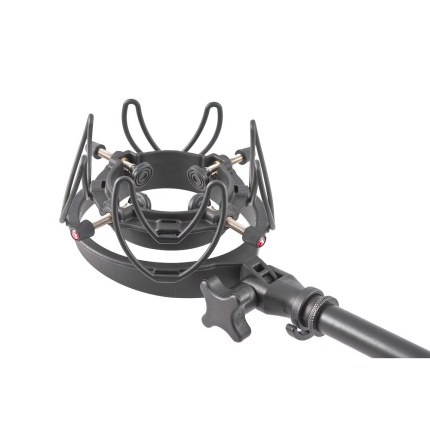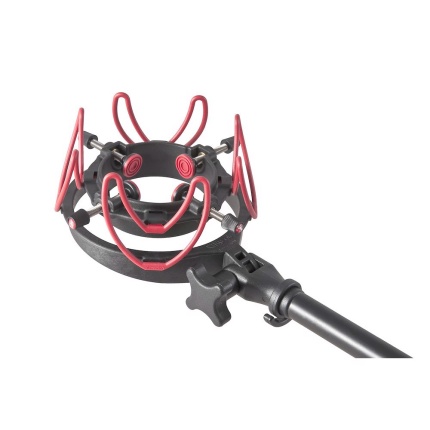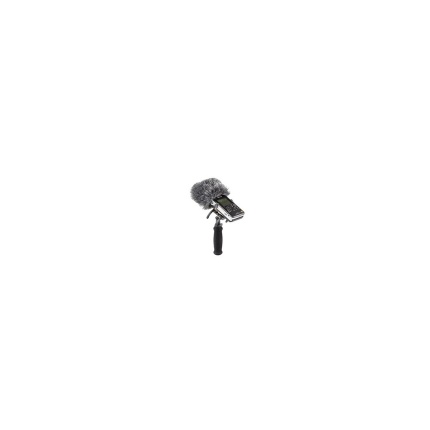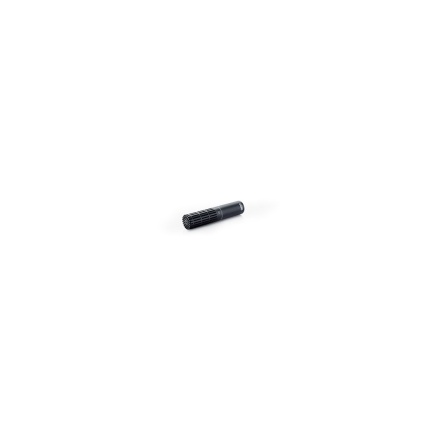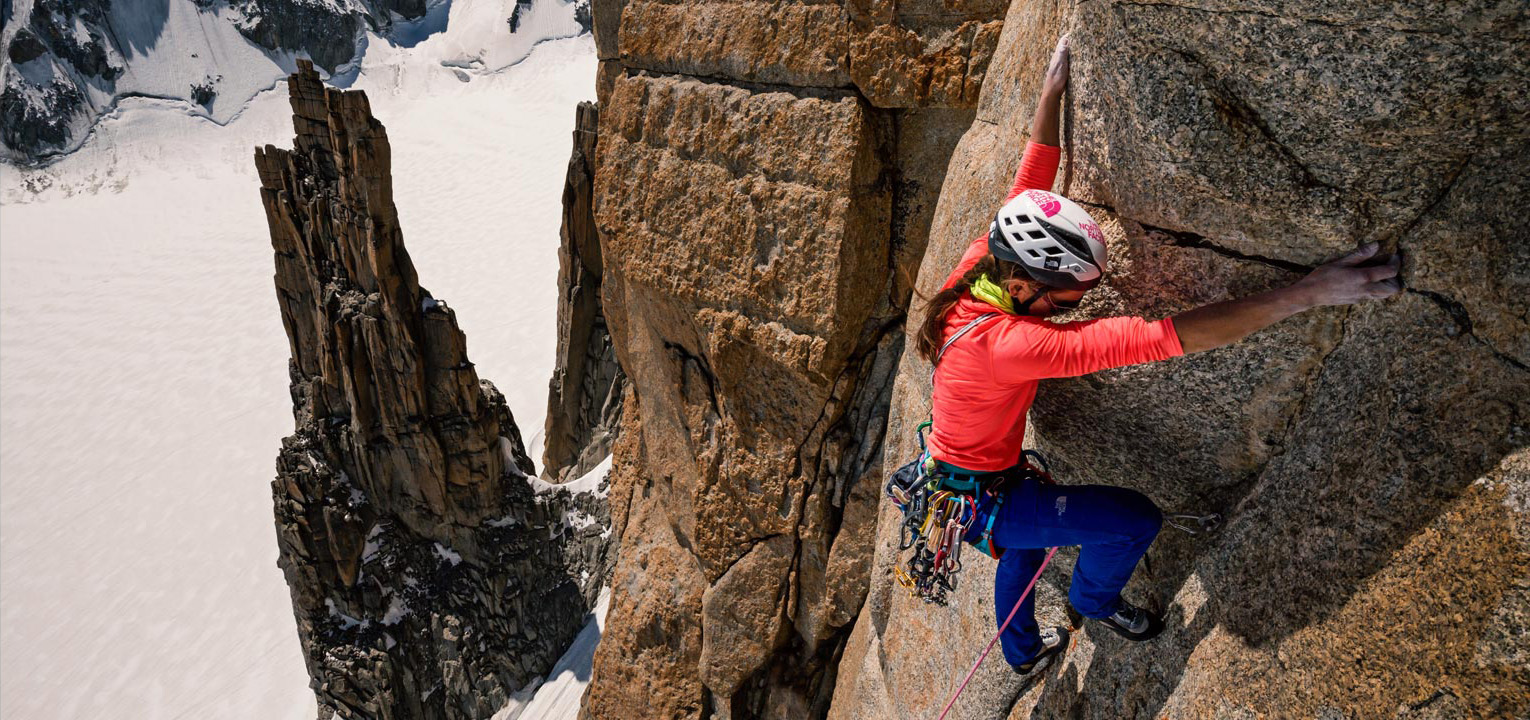



Interview Series
Adventures in Sound Design
Extreme Sports Filmmaking and Sound Design at Dark Sky Media
Chris Prescott – Filmmaker and Location Sound Designer at Dark Sky Media – talks to us about the unique and demanding fieldcraft of sound recording for extreme sports.
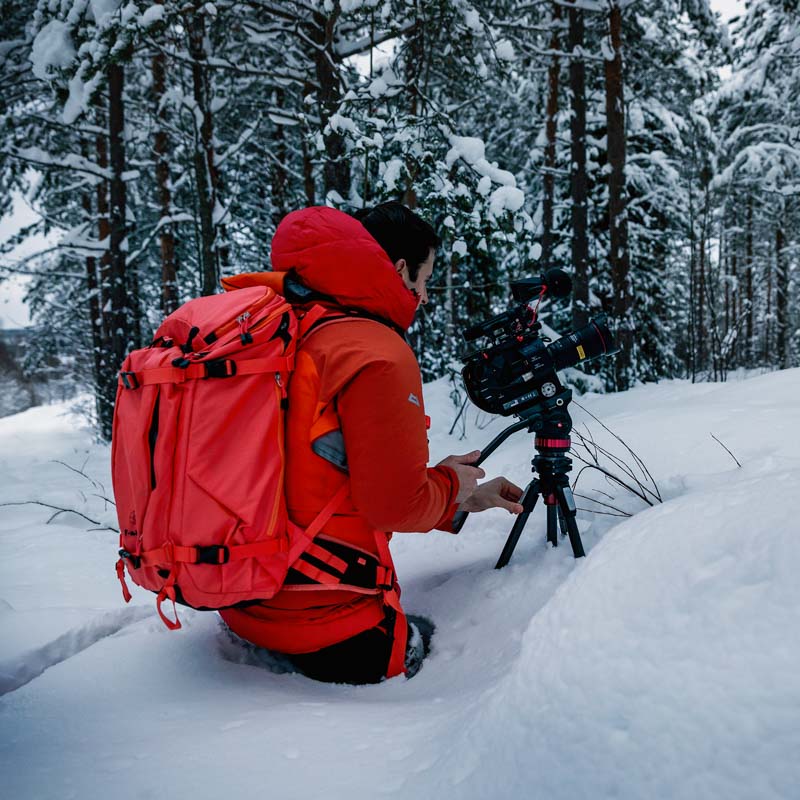

Chris Prescott
Filmmaker / Sound Designer | Dark Sky Media
https://www.darksky-media.com/
https://www.chris-prescott.com/
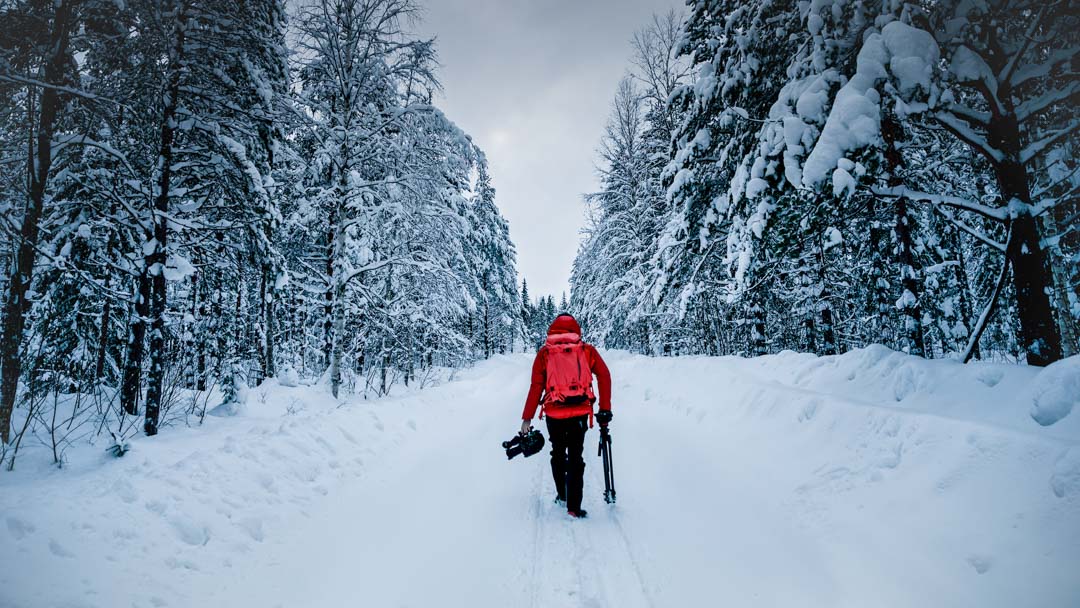

Tell us a bit about yourself.
I’m an adventure filmmaker, photographer and sound designer based in both Scotland and the French Alps. I run a company called Dark Sky Media, which specialises in the production of climbing and mountaineering films as well as skiing and mountain biking.
We regularly film in remote locations where often weather, access and safety play a big factor. I also do a lot of freelance work as a sound designer on other adventure based films: a combination of location recording and sound design in the studio.
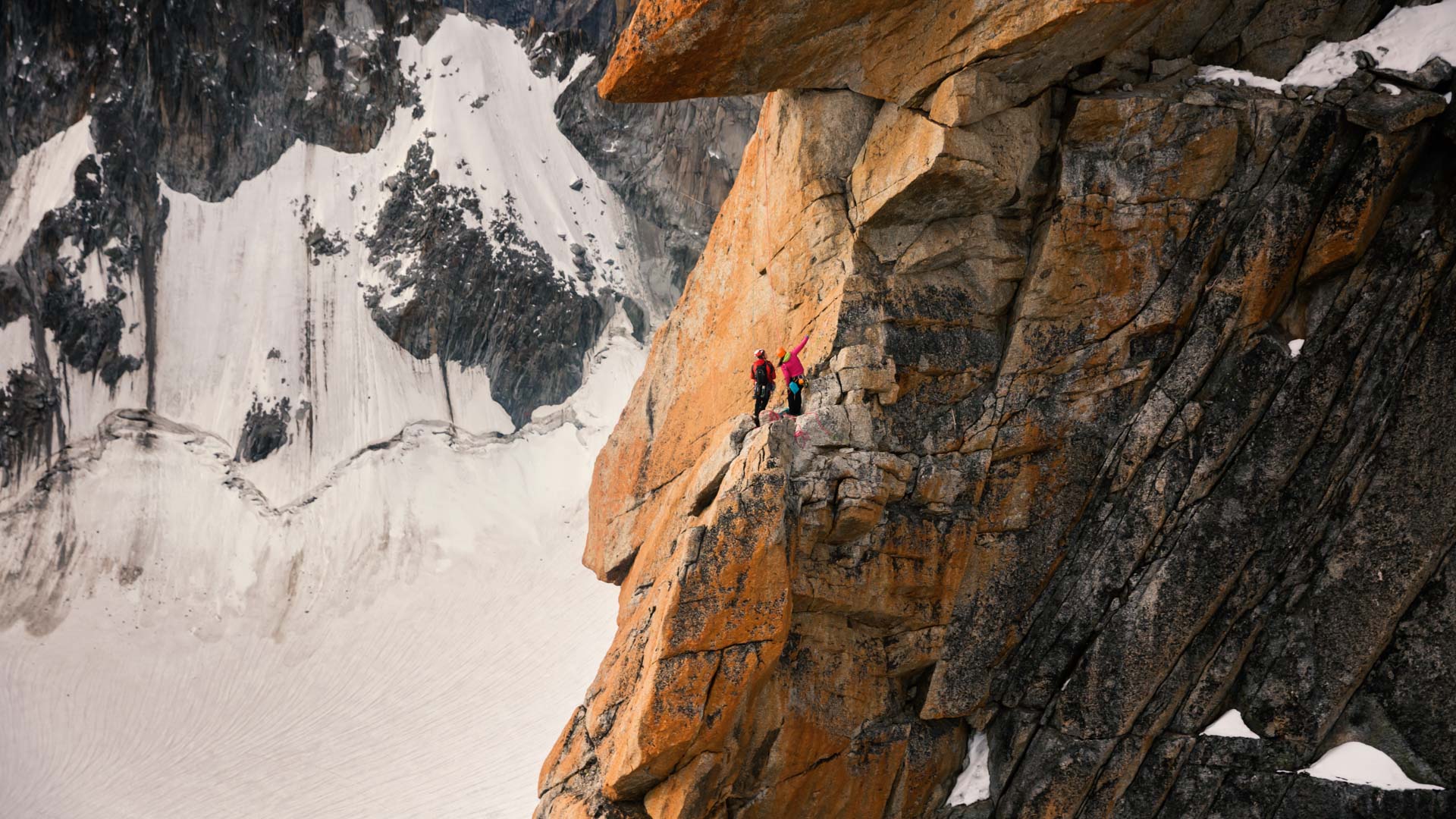

I found the process of creating complex soundscapes and coming up with creative ways to replicate missing on-screen sounds deeply satisfying.
How did you start out in sound? Any childhood inspiration or formative influences?
Playing music is where it really started for me. I got into playing guitar as a kid and spent most of my teenage years playing in clubs, recording and generally playing with audio gear.
I got deeper into music production and after a few years was asked by a filmmaker friend if I’d be interested in taking care of location audio for a shoestring budget feature film he was working on (I think the idea was I’d be cost-effective, as I lacked experience in film work!). After this, I started spending more time doing location work for film and then got heavily into sound design. I found the process of creating complex soundscapes and coming up with creative ways to replicate missing on-screen sounds deeply satisfying.
I then decided to formalise my experience with a master’s degree in Sound Design at Edinburgh University. This really opened my eyes to the possibilities of working with sound, and the combination of teaching and the freedom to experiment with high quality audio gear allowed me to progress a lot. Alongside sound, I’ve always been deeply involved with outdoor sports, particularly climbing and mountaineering; it was only after many years of doing the two separately that I realised I might be able to combine them and make a career of it. That’s when I filled the very niche market of being an adventure film sound guy!
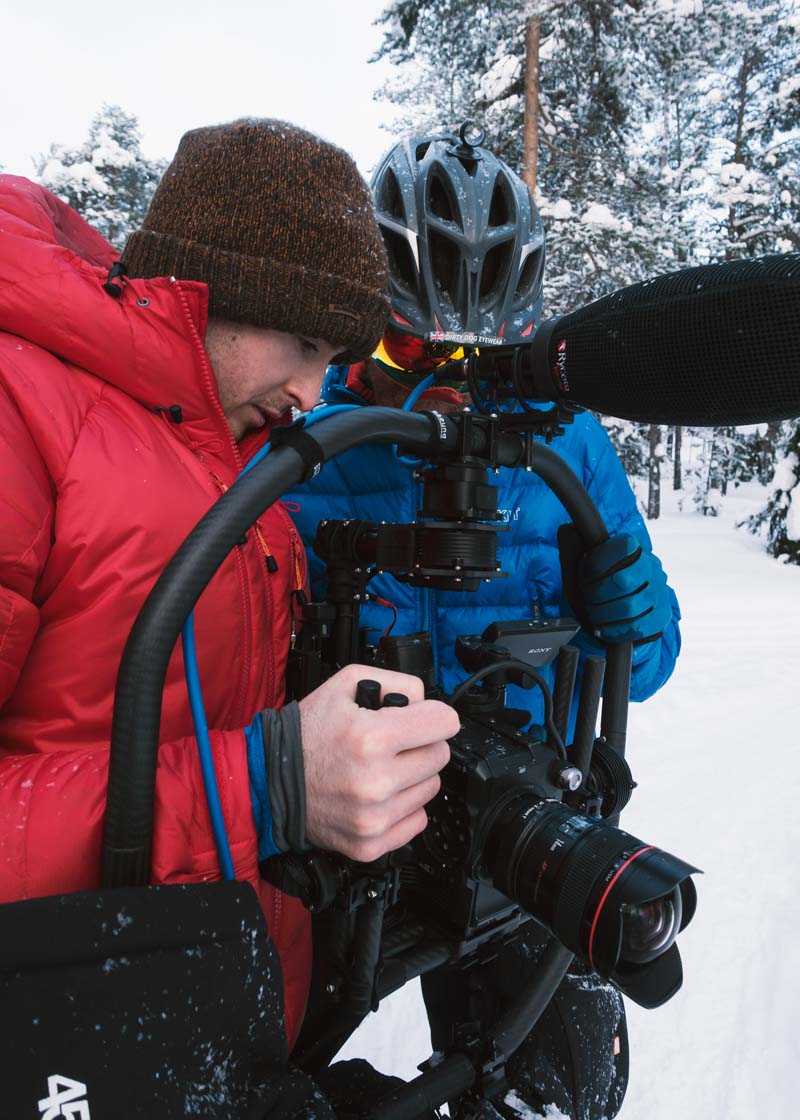

What are some of the items in your field-recording kit-bag (mics/recorders/mixers, etc.)?
For the sort of work I do – which usually involves long hikes or difficult access where climbing is involved – going as lightweight as possible is really the key. In a lot of ways, on an average shoot I don’t really consider myself to be the ‘sound guy’: it’s just another role I adopt alongside filming, and it’s all part of the difficult task of capturing what I’m there for.
We most often record audio directly into the camera, with one channel running a shotgun microphone and the other a wireless lapel mic attached to the filming subject. Each camera position uses this setup, so we have plenty of options later. This approach offers a compromise between audio quality, portability and time (which is often in short supply) and is what we do 80% of the time.
My main recording microphone is the Sennheiser MKH416. It’s an industry-standard tank that can take a regular beating, which is really important; I’ve even dropped one from a height of 50 metres, and it survived intact! I combine this with the Rycote Super-Softie. Where access or time is less important, I also use a Sound Devices 744T and a basket system coupled with the MKH416: this setup is used for sit-down interviews and location ambience/spot sounds that I envisage needing in post.
One of the biggest issues faced in modern adventure filmmaking is the introduction of drones and gimbals where sound recording might not be possible, or is often forgotten about! Making sure I’ve recorded good-quality location audio that can be used for these shots saves lots of time later.
‘The Rycote Super-Softie with 3D-Tex® material instead of fur has been a recent favourite of mine, as the windshield regularly gets caked in mud, ice, snow, rain, sand and water. With the new material it carries on working, unlike the old ones which would lose their wind-stopping abilities when wet.’
Chris Prescott – Dark Sky Media
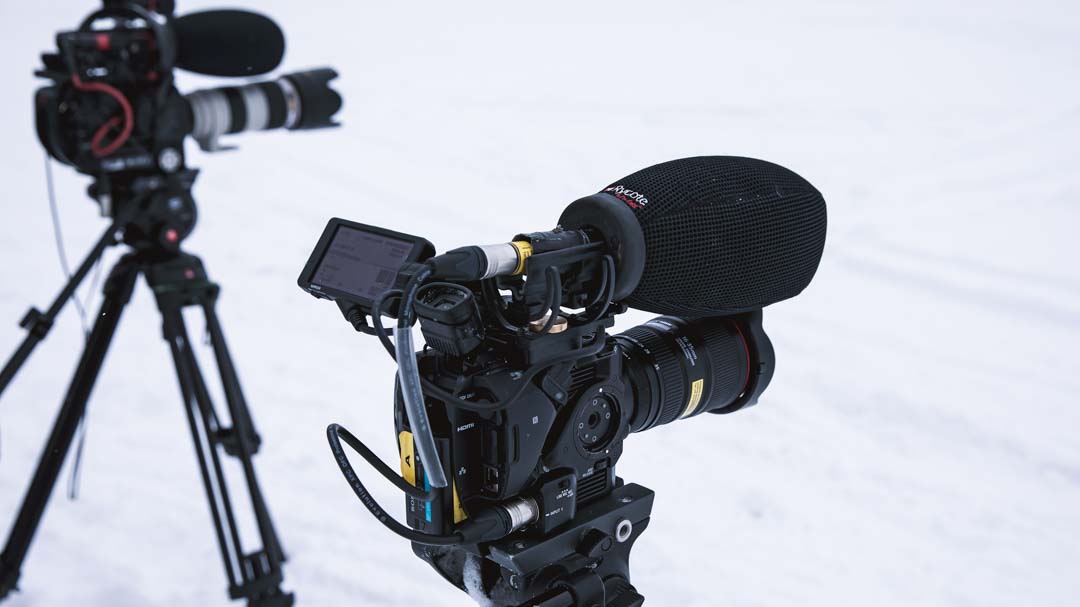



Do you have any favourite pieces of recording gear?
As I mentioned above, equipment that is both lightweight and durable always wins for me.
The Rycote Super-Softie with 3D-Tex® material instead of fur has been a recent favourite of mine, as the windshield regularly gets caked in mud, ice, snow, rain, sand and water. With the new material it carries on working, unlike the old ones which would lose their wind-stopping abilities when wet.
I also generally lean towards simple gear. Fewer switches, knobs and sliders usually means there’s less that can go wrong when working in difficult conditions.
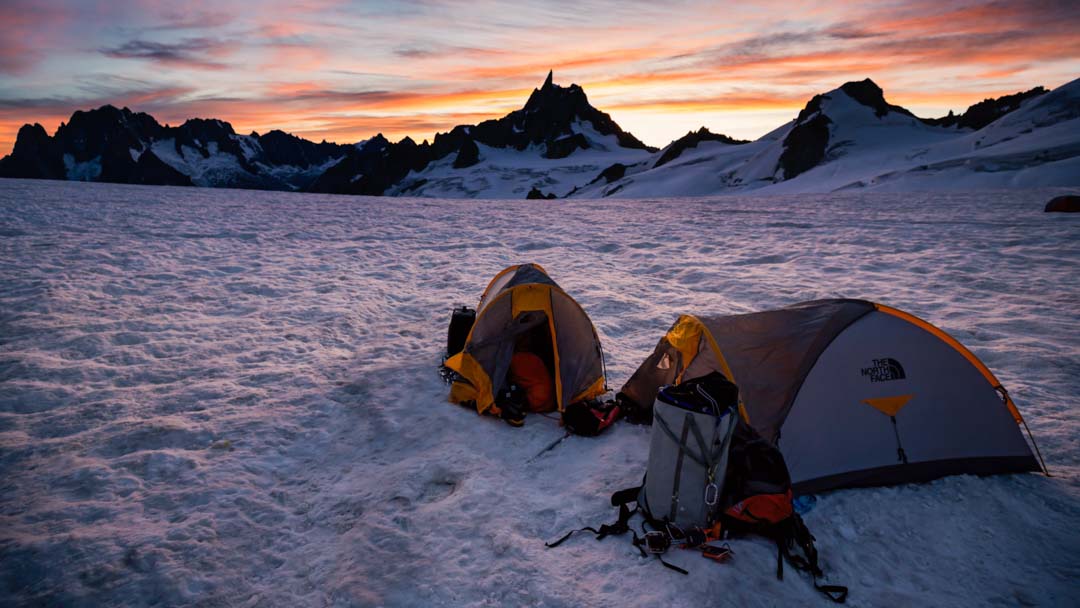

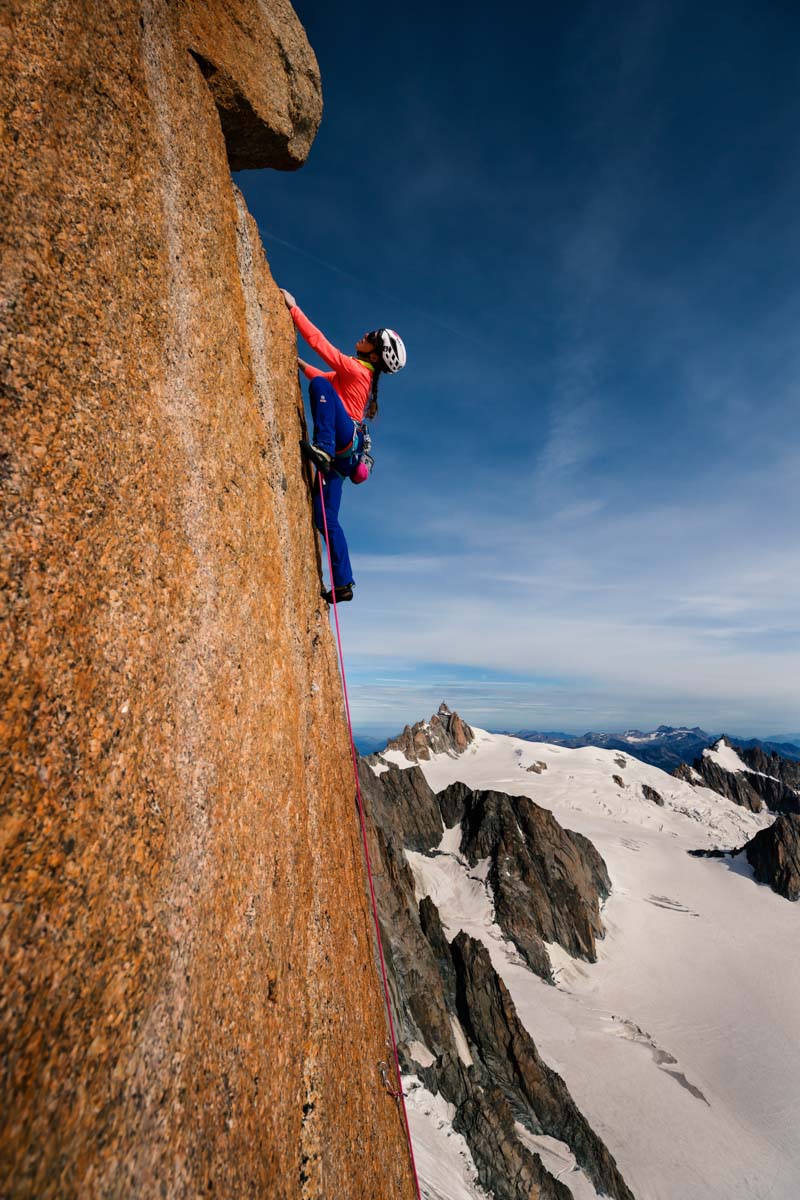

You often work in extreme environments and conditions. Tell us a bit about that.
This is by far the biggest challenge in making the sorts of films we produce.
Often you have enough of a struggle looking after yourself, keeping safe as well as warm and dry; recording sometimes takes a bit of a back seat. Access is also a big factor. In 2016, we made a film called Shifting Dreams about a climb on the Grand Capucin in the French Alps: a 400-metre granite spire with no easy access to the top. To film the upper half of the route, we got dropped on the metre-wide summit platform by helicopter with just enough room for the crew and climbing equipment. There wasn’t much space for anything but the bare essentials. This meant every piece of gear had to be carefully thought about and assessed in terms of benefit to quality of production versus weight/space.
On that shoot, we ended up removing the top handle from the camera and bolting a wireless receiver straight on, only recording one channel of audio. Although this was fairly restrictive in terms of the audio we got, when you added up the extra 10 minutes it would have taken to remove the camera from the bag and set up microphones every time we moved position, it made the difference between getting off the mountain before it got dark and being stuck half way up the route overnight. It’s always a compromise and every project needs to be assessed differently. Safety always has to take priority, although it’s often a fine line!
‘My main recording microphone is the Sennheiser MKH416. It’s an industry-standard tank that can take a regular beating, which is really important; I’ve even dropped one from a height of 50 metres, and it survived intact! I combine this with the Rycote Super-Softie.’
Chris Prescott – Dark Sky Media
What are some of your proudest accomplishments and/or favourite projects?
Every project has its own mix of challenges and rewards and it’s hard to choose any real favourites.
Getting to do post-production sound for Cut Media’s film ‘The Ridge’ with Danny MacAskill was great fun, and the amount of attention the film got was mind-blowing. I don’t feel I can really take any credit for that one though, as the choice to use Martyn Bennett’s ‘Blackbird’ for the soundtrack really carries the film. Even if I’d done a terrible job, nobody would have noticed!
I also got to work on a film by Hot Aches Productions called ‘Distilled’ in 2013, and that was a really enjoyable project to work on from a sound perspective. I was pretty much given free reign with the sound and it allowed me to get creative and see how sound could be used to tell the story of Andy Cave’s move from a Yorkshire miner to a world class Alpinist. The film even has a full minute of black screen, where the focus is entirely on the sound as Andy talks about what it was like descending into the mine. Recording the audio for that was a lot of fun.
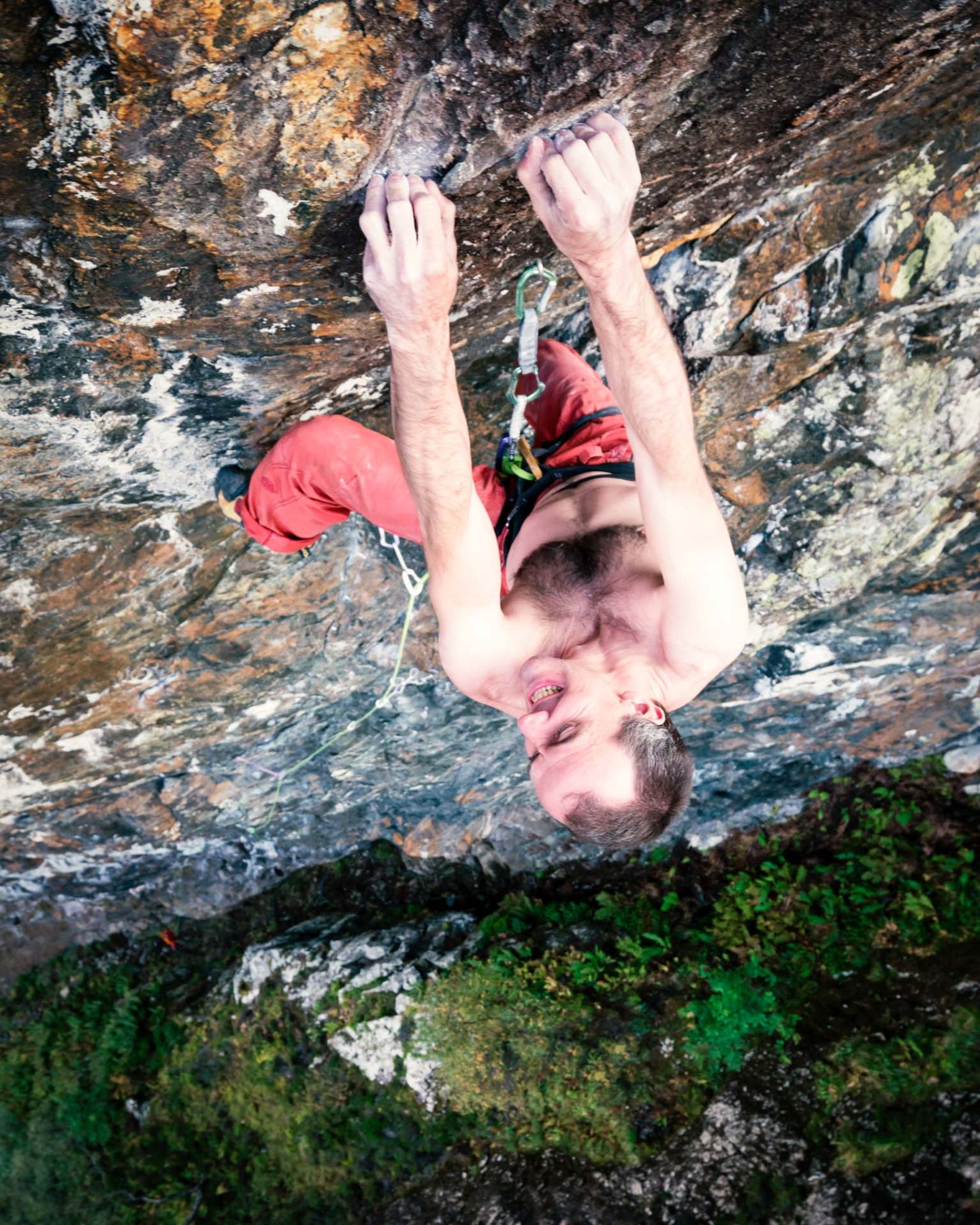

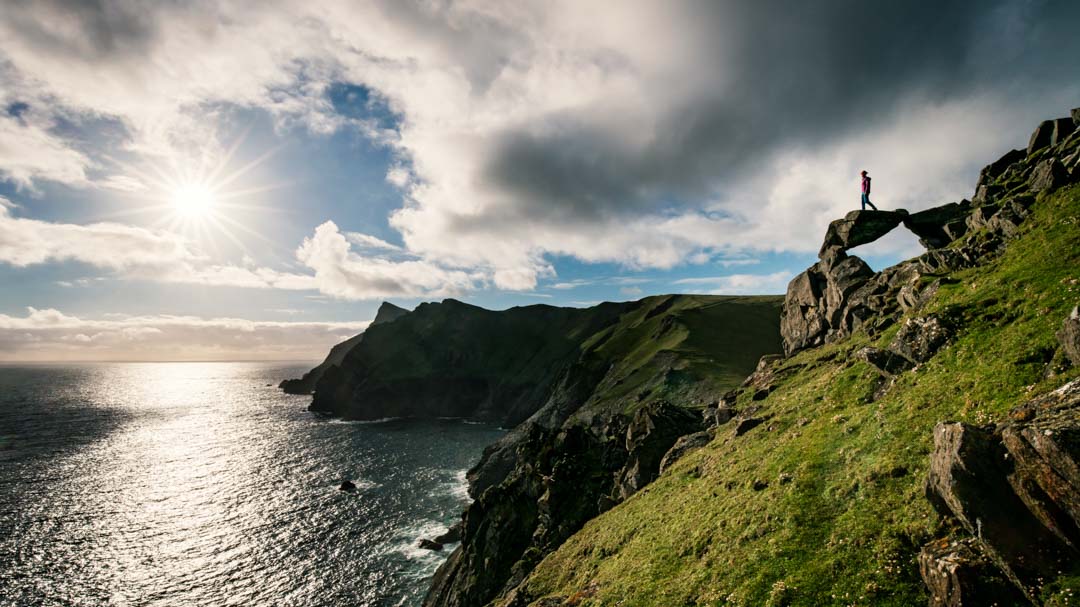

What advice would you give to somebody new to recording, who is hoping to take it up and is at the very start of their journey in professional audio?
I’d say the best thing you can do is look at getting access to a wide range of sound tools and get out and experiment. Record anything and everything, and find what works for you.
I used to regularly go out for days at a time just to record different sounds. This helped improve my understanding of how best to capture location audio with the added advantage of giving me a huge library of sounds I could make use of on future projects. I’d also advise capturing as much audio as you can whilst on location. Spending five minutes recording specific sounds will potentially save hours compared to using foley and recreating sounds again later.
Always ignore the director when he tells you it can be ‘fixed in post’!

